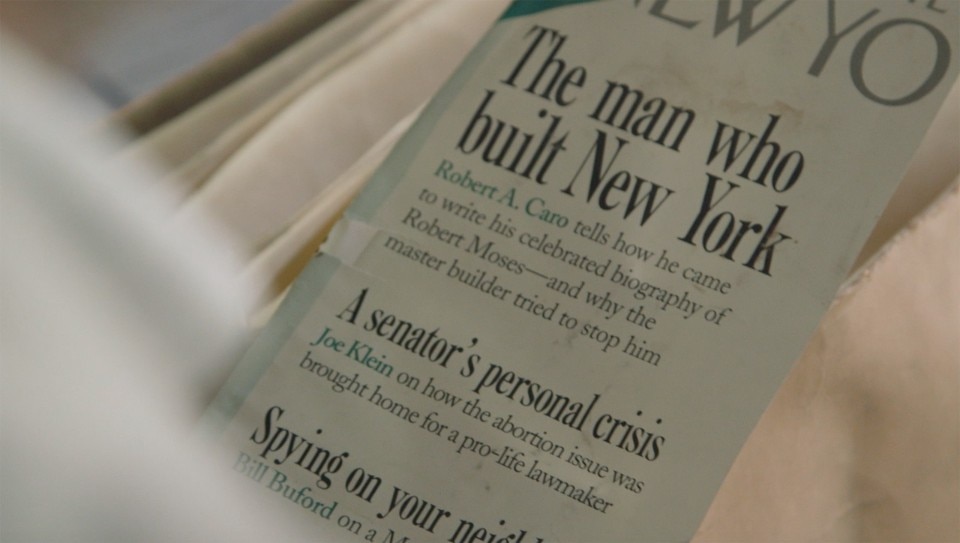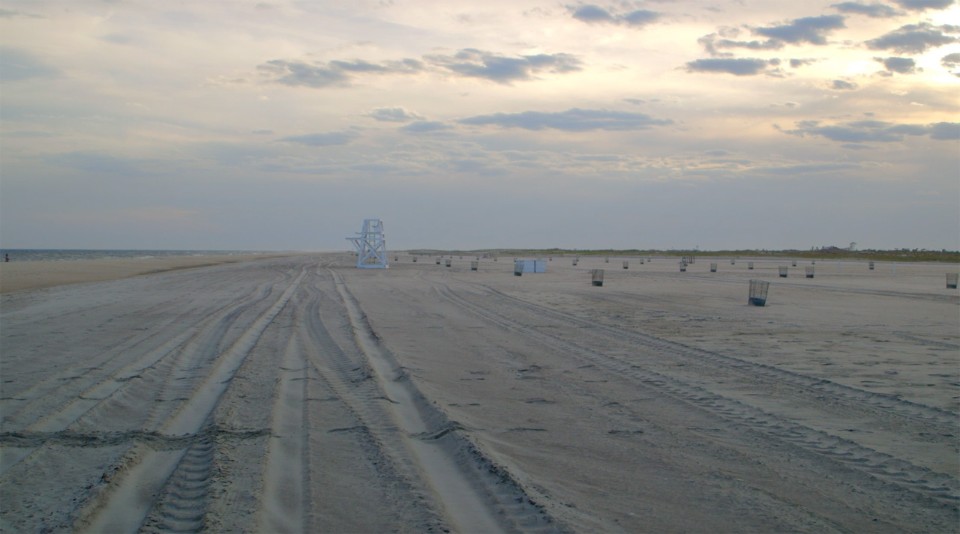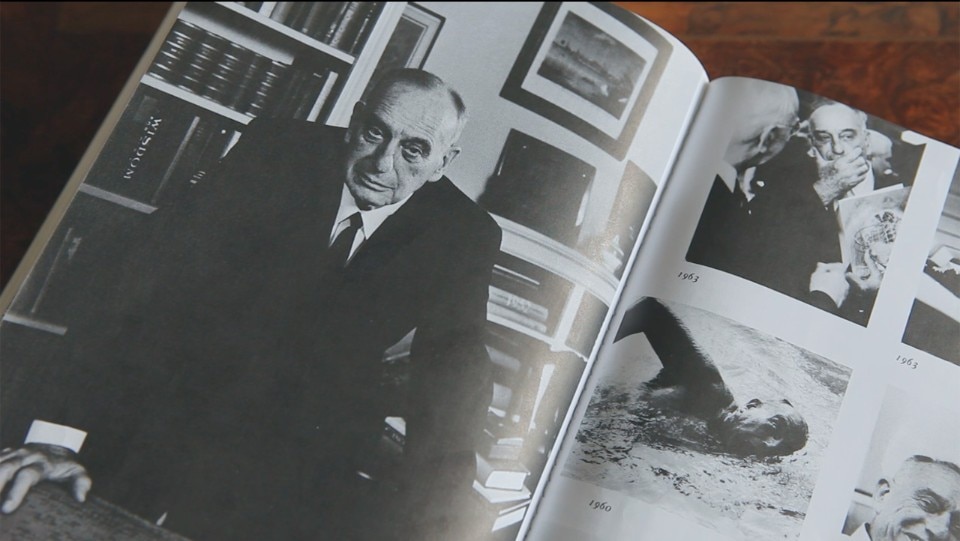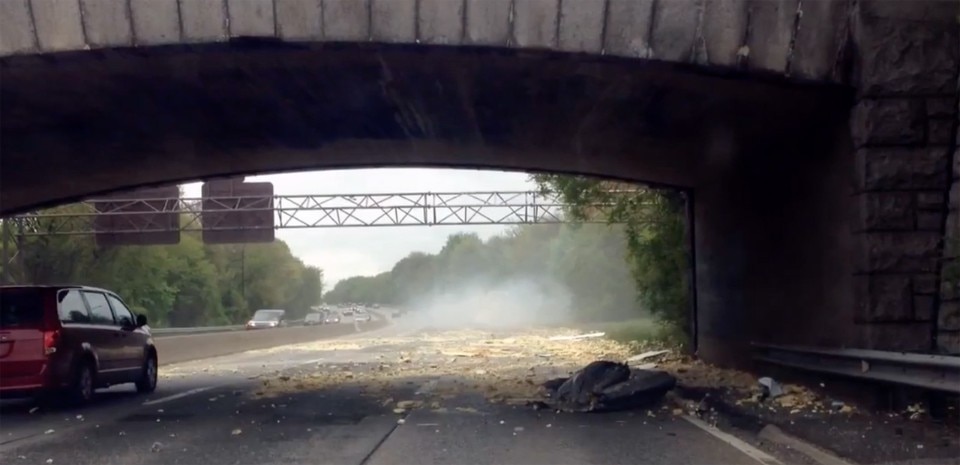



The digital publication, entitled Can Design Be Devious? The story of the Robert Moses bridges over the Long Island parkways, and other explorations of unexpected political consequences of design, expands on the complexity of the topic and the elusiveness of clear answers by presenting objects and documents that Garutti encountered during his research. Contributions from Matthew Gandy, Stephen Graham, Anthony Hudek and Albena Yaneva deepen the analysis and widen the scope beyond the case of the bridges.
We invite you to view the trailer, in advance of the release of the film and the digital publication on iTunes and the Google Play Store in October 2015.


